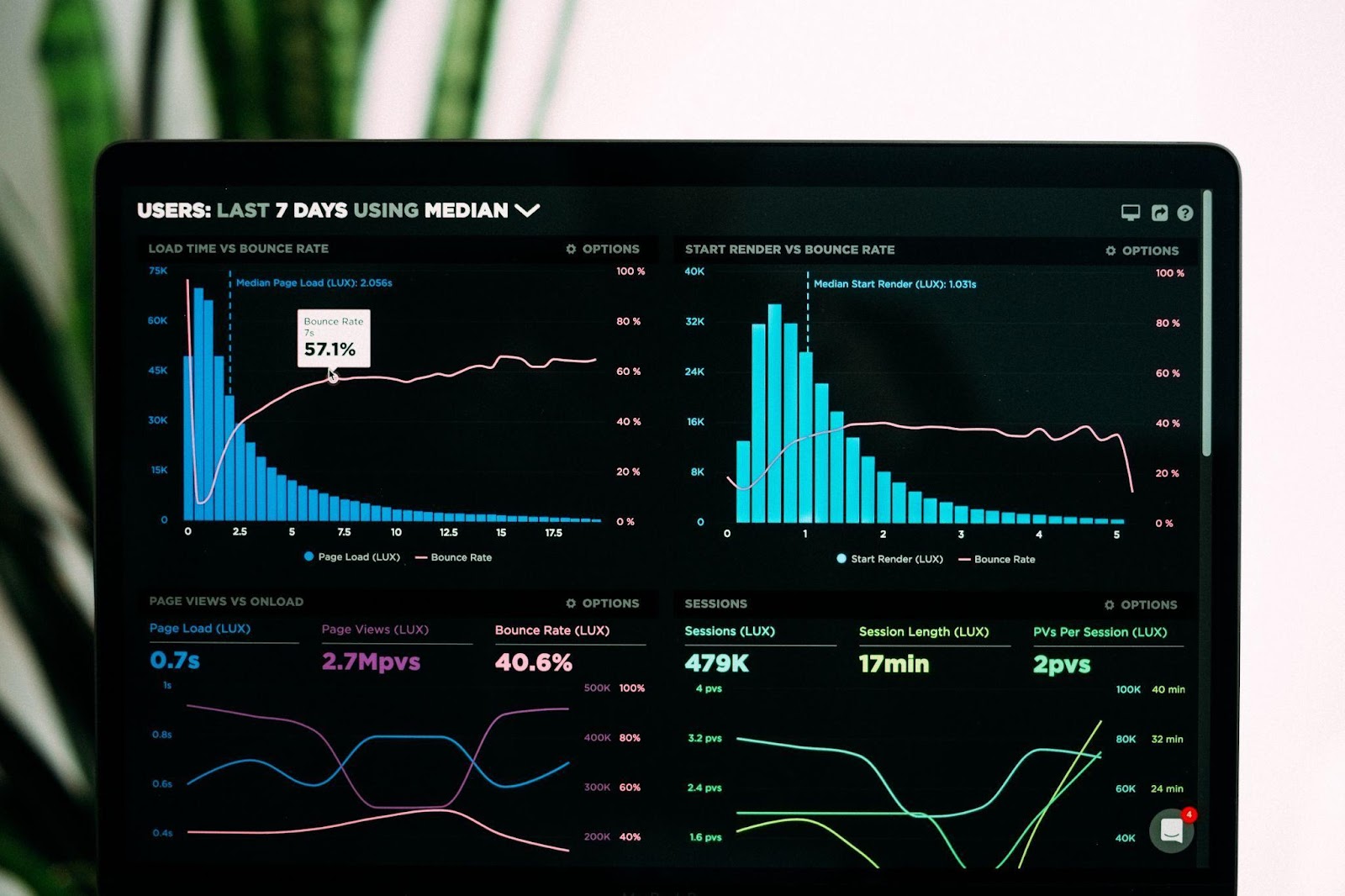
The first rule of UX: put content where users are most likely to look for it, this is part of a smart content strategy. And this is the rule most often broken by many organizations when designing their digital product (website, app or other). When structuring content and information architecture, most organizations make one of two mistakes:
- They organize content according to their organizational chart without researching their user behavior, interests, and needs.
- They organize content according to a specific target audience, therefore, requiring users to self-identify into a group so they can find the information they sought for.
The mantra of a good UX is that users’ needs should always take priority. Even if it’s directly in conflict with the organizations need to immediately promote their latest marketing campaign. Because, happy, satisfied users are more likely to be open and receptive to further engagement and messaging.
Taking on a user-centered approach to content development helps to focus on the end-goal of the organization and its impact on their audience behavior. This can be a tectonic change in thinking for many organizations as most of them are either:
- powered by passionate people that put their heart and soul into their work
- organized in institutional silos and have trouble communicating with other departments
What’s Your Goal With Smart Content Strategy?
Set up a goal and determine a single KPI that will help measure it. You need this to get your content people (creators, writers, marketers, website designers, developers, proffers) aligned. Aside from being a powerful motivator, it will be a guiding factor for the whole team and your stakeholders.
What Do You Know About Your Audience?

Get to know your audience. It’s important to know the audience you serve in order for your messaging distribution to be efficient and effective. Employ primary and secondary research, use your analytics data and look for patterns in behavior, interests, demography, and profession. These patterns will help you segment your audience into manageable groups and enable your content people to communicate with the end user more easily.
The more information and detail you curate in a target user persona, the more helpful it will become in making future content decisions and eventually, ease the conversion process.
Map Out Your Messaging
Each audience segment requires different messaging along the steps of its journey. By developing user journey maps, you may come up with patterns and trends in users behavior that will help you develop content to further entice them.
The key thing to keep in mind here is that the user’s emotional states and needs change the way they perceive and engage with the information provided. Mapping out potential messages to each step of the user’s journey will provide valuable insight and ensure your messaging is leading to the set-out goals.
Evaluate Your Assets
Take some time to evaluate the current state of your content in order to determine it’s efficiency and impact on the users. You can do this by:
- Conducting an audit – Get insights into your content pool and it’s availability to the users. Segment themes of the content provided. Filter out data gathered by combining the results with search and page-level analytics like pageviews, bounce rate, exit rate and time spent on page. It will help you prioritize individual pieces of content that are most effective to your audience.
- Running a content analysis for gaps – It will help you see where potential gaps are for different audience segments as well as value each piece of content provides. You can use this to decide if new content should be developed or old content be repurposed in order to match the needs of specific audience profile.
- Sorting cards – Visualize the paths in which your users look for content with a simple user/usability test. Write down the segments of your current information architecture and let them sort it out in as many piles as they want. See how they visualize your website structure and gather results. Use the services of the professional essay writer or a content writer. In most cases, the first results of initial card sorting show the gaps and problems in structure.
Fine Tune Your Content Strategy – Make It Useful For The Users

Defining a user’s journey is a huge effort. It takes a lot of time and vast resources in order to get it right. You don’t want your user journey to be just a pretty graphic on a whiteboard that no one uses because they don’t understand it, see it value or agree with it.
Having a UX department doesn’t necessarily ensure the efficiency and effectiveness of your content marketing strategy. It’s about having a UX mindset developed with all people within the organization working with your digital property. Structuring a framework and approach for content development and delivery can be a tectonic change for the organizational structure and a huge impact on organization resources.
It’s common to see organizations put their budgets into volume and SEO to see what content sticks and get some insight. And as a content marketer, when checking your website analytics, it’s not as rare sight to see a lot of pages with less than fifty page views a year or PDFs with less to no downloads. If your organization is new to this, you should definitely seek out help from an individual or a digital agency.
Now let’s discuss how should you develop your users’ journey and make it actually useful for your content strategy.
[cta-button background_url=”https://matchboxdesigngroup.com/app/uploads/2021/11/Build-Emotions-In-Your-Content-Matchbox-Design-Group.jpg” title=”Start Your New Project Today” button_text=”Fill Out Our Form” url=”https://matchboxdesigngroup.com/contact-us/” /]
Capture Users Questions And Decisions
Customer behavior flow is an obsession in a digital world. As a marketer, you aim for conversions. As a designer, you aim for users to complete their goals. So there’s no surprise that behavior flow has become an essential part for visualizing and developing a user journey. User behavior is important but it isn’t everything you need for a clear picture of a users’ journey. Before during and after a user takes any action, he/she will have thoughts, feelings and/or emotions which will influence his/her decision.
In order to get more insight than simple behavior flow in a user journey, you’ll need to include key questions your users are looking for an answer on and key decisions they are trying to make.
Employ Content Intelligence With Your Content People
Layer in as much data in your users’ journey – both yours and third party. To name a few:
- Ratings and surveys on user satisfaction
- Customer inquiry analysis from all channels
- Search engine rankings, performance, and keyword analysis
- Third-party research resources – Consumer barometer, Google trends, CMI etc.
- User testing and qualitative research
Your content people are a goldmine of various perspectives – don’t ignore the potential value they may bring to your users’ journey development. Writers, community managers, marketers – their job is centered around responding to and addressing the user needs and questions they might have.
Build Emotions

Throughout their journey, users experience various emotions. In user journey, these are presented as highs and lows. With content, it’s a bit more layered. In order to be used for content strategy, the user journey requires more specifics on users emotions. Tapping into users’ emotions will provide clues to appropriate topics you should cover their priority in your content strategy and the voice and tone to be used in their development.
Track Several Channels For The Journey
Be aware that users interact with us through more than one channel in more than one session. You must not ignore this fact when developing a user’s journey as you may limit your content usefulness and effectiveness or in some cases even cause interstitial anxiety and confusion.
By identifying the preferred channels in each stage of your users’ journey, you will find opportunities to:
- Distribute and reuse content over several channels
- Tailor and optimize channel-specific content
Final Words

Thinking UX is your next step in becoming a successful content marketer and content strategist. UX doesn’t revolve simply around the design – it never did. We perceive people who do UX work as people who build containers for the content – websites, apps, software, etc. Traditionally, we see people who do content work as people who are creating stuff to fill that container.
Even at its worst, the relationship between content and UX is the same – they both focus on giving value and context to your digital property whilst creating a tailored experience for the user.
A Short Video About This Blog Post & Content Marketing
Natasha Lane Short Bio: (Guest Blogger)

Natasha is a lady of a keyboard whose fields of expertise could be summed up in digital marketing, business and IT related topics. Although she is primarily content creator for DesignRush, a B2B marketplace connecting brands with agencies, Natasha is always happy to collaborate with awesome blogs and share her knowledge. To see what she is up to next, check out her Twitter Dashboard.
Contact Matchbox Design Group Today!
If your website could use a refresh or you’re looking to drive more traffic to your site, fill out the form below and we’ll contact you to learn more about your digital needs.

